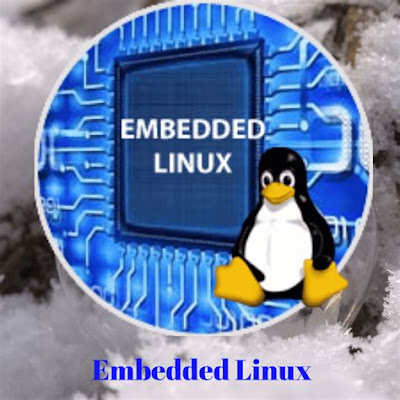Embedded Linux refers to the use of the Linux operating system in embedded systems, which are specialized computer systems designed for specific functions or applications. Embedded Linux has gained significant popularity in various industries due to its flexibility, stability, and open-source nature. Here are some examples of the use of Embedded Linux:
Internet of Things (IoT) Devices: Embedded Linux is widely used in IoT devices, such as smart home automation systems, wearable devices, industrial sensors, and connected appliances. Its small footprint, networking capabilities, and support for various hardware architectures make it an ideal choice for building IoT solutions.
Consumer Electronics: Many consumer electronics devices leverage Embedded Linux. For instance, smart TVs, set-top boxes, media players, and digital signage systems often use Linux as the underlying operating system. Its robust multimedia support, extensive software ecosystem, and ability to handle complex networking tasks make it suitable for these applications.
Automotive Systems: Linux is becoming increasingly prevalent in the automotive industry. It powers in-car infotainment systems, advanced driver assistance systems (ADAS), and even elements of autonomous vehicles. Linux's stability, security, and real-time capabilities are crucial for providing a reliable and connected driving experience.
Industrial Automation: Embedded Linux is employed in industrial automation and control systems, where it plays a vital role in managing and controlling machinery, data acquisition, and process monitoring. Its ability to handle real-time tasks, compatibility with a wide range of hardware, and support for various industrial protocols make it well-suited for industrial environments.
Network Equipment: Linux is widely used in networking devices, such as routers, switches, and network attached storage (NAS) systems. Its networking stack, including support for protocols like TCP/IP, routing, and firewall capabilities, enables efficient and secure data transfer and network management.
Medical Devices: Embedded Linux finds application in medical devices like patient monitoring systems, diagnostic equipment, and imaging devices. Linux's stability, security features, and software customization options are crucial for ensuring reliable and secure healthcare solutions.
Aerospace and Defense: Linux is employed in aerospace and defense systems, including unmanned aerial vehicles (UAVs), avionics, and military-grade communication systems. Its real-time capabilities, security features, and ability to integrate with specialized hardware components make it suitable for demanding aerospace and defense applications.
These examples illustrate the versatility of Embedded Linux and its adaptability to a wide range of embedded systems. The open-source nature of Linux also allows developers to customize and optimize the operating system for specific hardware and application requirements, making it a popular choice for embedded system development.
Source: Some or all of the content was generated using an AI language model


No comments:
Post a Comment